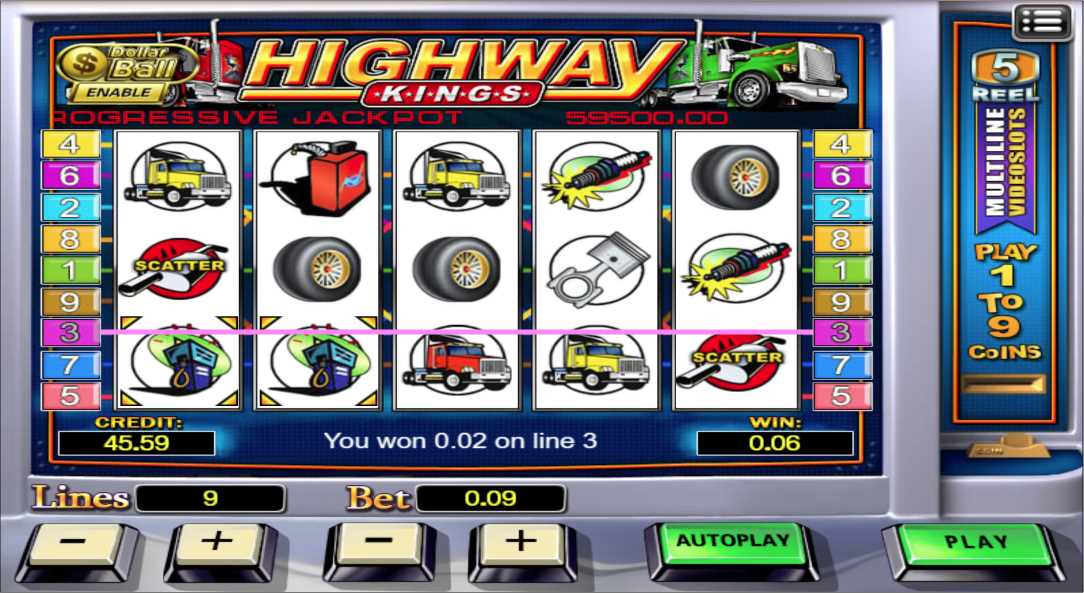Poker online telah menjadi fenomena yang mendominasi dunia perjudian online selama beberapa tahun terakhir. Dengan popularitas yang terus meningkat, banyak pemain berlomba-lomba untuk mencari rahasia sukses bermain poker online di IDN Play. IDN Play telah menjadi platform yang terkenal dalam industri ini, menawarkan pengalaman bermain yang seru dan memuaskan bagi para pemainnya. Namun, untuk meraih kesuksesan dalam bermain poker online di IDN Play, diperlukan pemahaman mendalam tentang permainan ini serta strategi yang tepat.
Pentingnya mendaftar dan melakukan login di IDN Poker tidak dapat diragukan lagi. IDN Poker menawarkan berbagai permainan poker yang menarik, termasuk Texas Hold’em, Omaha, Draw Poker, dan banyak lagi. Dengan daftar IDN Poker, Anda akan mendapatkan akses ke berbagai meja taruhan yang sesuai dengan preferensi Anda. Melalui login IDN Poker, Anda dapat bergabung dengan komunitas pemain poker online yang ramah dan berinteraksi dengan mereka dalam permainan yang seru. Dengan demikian, daftar IDN Poker dan login IDN Poker adalah langkah awal yang harus Anda lakukan untuk memulai perjalanan sukses bermain poker online di platform ini.
Bagi pemula, penting untuk mempelajari kiat-kiat dasar dalam bermain poker online di IDN Play. Salah satu rahasia sukses yang perlu diperhatikan adalah memahami peringkat kartu dan kombinasi yang ada. Dengan pemahaman yang kuat tentang nilai-nilai kartu, Anda dapat membuat keputusan yang lebih baik saat bertaruh atau menggertak. Selain itu, penting juga untuk mengasah kemampuan membaca lawan dan mengenali pola bermain mereka. Mengobservasi tindakan dan gerakan lawan Anda dapat membantu Anda mengambil keputusan yang lebih cerdas dalam permainan. daftar idn poker
Dalam artikel ini, kami akan membahas langkah-langkah dan strategi yang dapat Anda terapkan untuk meraih kesuksesan bermain poker online di IDN Play. Dengan mempelajari dan mengikuti tips-tips ini, Anda akan dapat meningkatkan keterampilan Anda, meningkatkan peluang menang, dan meraih keuntungan yang berlimpah dalam permainan poker online. Bersiaplah untuk memenangkan permainan, mengejar hadiah besar, dan merasakan sensasi permainan poker online di IDN Play.
Memahami aturan dasar Poker Online
Poker Online adalah permainan kartu yang sangat populer di kalangan pemain judi. Untuk bisa sukses dalam bermain Poker Online di IDN Play, penting untuk memahami aturan dasarnya. Dalam artikel ini, kami akan menjelaskan aturan dasar permainan Poker Online agar Anda dapat memulai dengan baik.
Pertama-tama, Anda perlu tahu bahwa permainan Poker Online menggunakan satu set kartu remi standar. Setiap pemain akan mendapatkan dua kartu tertutup, yang hanya bisa mereka lihat sendiri. Selanjutnya, ada tahap pertaruhan di mana pemain dapat memasang taruhan mereka. Setelah itu, tiga kartu komunitas akan ditempatkan di atas meja secara terbuka. Ini disebut "the flop".
Setelah fase "the flop", ada tahap kedua yang disebut "the turn". Pada tahap ini, satu kartu komunitas akan ditempatkan di atas meja. Kemudian, tahap ketiga disebut "the river", di mana satu lagi kartu komunitas akan ditempatkan di atas meja. Pada tahap ini, semua kartu yang ada di atas meja tersedia bagi semua pemain untuk membentuk kombinasi kartu terbaik yang mereka bisa.
Pemenang permainan ditentukan oleh kombinasi kartu terbaik yang bisa mereka buat dari dua kartu awal mereka dan lima kartu komunitas yang tersedia di atas meja. Ada berbagai kombinasi kartu yang dapat membuat Anda menang, mulai dari satu pasang hingga kombinasi kartu terbaik seperti straight flush atau royal flush.
Dengan memahami aturan dasar Poker Online, Anda sudah memiliki dasar yang kuat untuk bermain di IDN Play. Lanjutkan ke bagian berikutnya untuk mempelajari strategi dan tips yang dapat membantu Anda menjadi pemain yang lebih baik.
Strategi bermain yang efektif
Poker online di IDN Play menawarkan kesempatan bagi pemain untuk meraih kesuksesan. Agar bisa sukses dalam bermain poker online, diperlukan strategi yang efektif. Berikut adalah beberapa strategi yang bisa digunakan untuk meningkatkan peluang Anda dalam permainan ini.
Pertama, penting untuk memiliki pemahaman yang baik tentang aturan dan strategi dasar dalam permainan poker. Anda perlu memahami nilai tangan poker dan cara menggertak dengan baik. Dengan memahami aturan dan strategi dasar, Anda dapat membuat keputusan yang lebih baik dalam setiap tahap permainan.
Selanjutnya, penting untuk mengelola modal dengan bijak. Poker adalah permainan yang melibatkan risiko, dan keberuntungan juga menjadi faktor yang tidak bisa diabaikan. Dengan mengelola modal dengan bijak, Anda dapat menghindari kehilangan terlalu banyak uang dan mempertahankan peluang Anda untuk menang. Adalah disarankan untuk memiliki batas maksimal dalam jumlah uang yang siap Anda pertaruhkan dan menghindari tergoda untuk melampaui batas ini.
Terakhir, bermain dengan fokus dan disiplin. Poker online di IDN Play bisa menjadi permainan yang membutuhkan kesabaran dan ketekunan. Penting untuk tetap fokus pada permainan Anda dan menghindari terganggu oleh faktor-faktor eksternal. Selain itu, bermain dengan disiplin akan membantu Anda mengendalikan emosi dan mengambil keputusan yang lebih rasional.
Dengan menerapkan strategi-strategi ini, Anda dapat meningkatkan peluang Anda untuk sukses dalam bermain poker online di IDN Play. Tetaplah terus belajar dan berlatih, dan ingatlah bahwa kesabaran dan konsistensi merupakan kunci utama dalam meraih kesuksesan dalam permainan ini.
Mengelola emosi dan keuangan saat bermain
Bermain poker online di IDN Play adalah salah satu aktivitas yang mengasyikkan, namun tetap penting untuk mengelola emosi dan keuangan dengan bijak. Dalam artikel ini, kita akan membahas beberapa tips tentang bagaimana mengelola kedua hal tersebut.
Pertama, penting untuk mengatur emosi saat bermain poker online di IDN Play. Emosi yang tak terkendali seperti marah atau frustrasi dapat mengganggu konsentrasi dan membuat keputusan yang buruk. Cobalah untuk tetap tenang dan terfokus pada permainan, terlepas dari hasil yang sedang Anda alami. Jangan biarkan emosi Anda menguasai, tetapi jaga kepala dingin sepanjang permainan.
Selanjutnya, penting juga untuk mengelola keuangan dengan bijak saat bermain poker online di IDN Play. Tetapkan batas kerugian yang bisa Anda terima sebelum memulai bermain dan tetap disiplin dalam menjaga jumlah taruhan Anda. Hindari keinginan untuk mempertaruhkan lebih banyak uang jika sudah mencapai batas yang ditetapkan. Selalu ingatlah bahwa poker adalah permainan peluang dan kerugian dapat terjadi. Dengan mengelola keuangan secara bijak, Anda dapat menjaga modal Anda dan tetap bermain dengan lebih lama.
Dalam kesimpulan, mengelola emosi dan keuangan saat bermain poker online di IDN Play merupakan hal yang sangat penting. Dengan tetap tenang dan terfokus pada permainan serta mengatur keuangan dengan bijak, Anda dapat meningkatkan peluang sukses Anda dalam bermain poker online. Selamat bermain!





















































